The natural world holds some truly bizarre and resilient invertebrates that have adapted to survive extreme environments and conditions. From microscopic creatures that withstand the vacuum of space to deep-sea dwellers thriving in freezing darkness, these organisms showcase an impressive range of survival skills. Their resilience is a testament to nature’s ingenuity, revealing how life can adapt to even the harshest surroundings. Here, we explore the most astonishingly resilient invertebrates and uncover the unique traits that help them endure where others cannot.
Leafcutter Ant
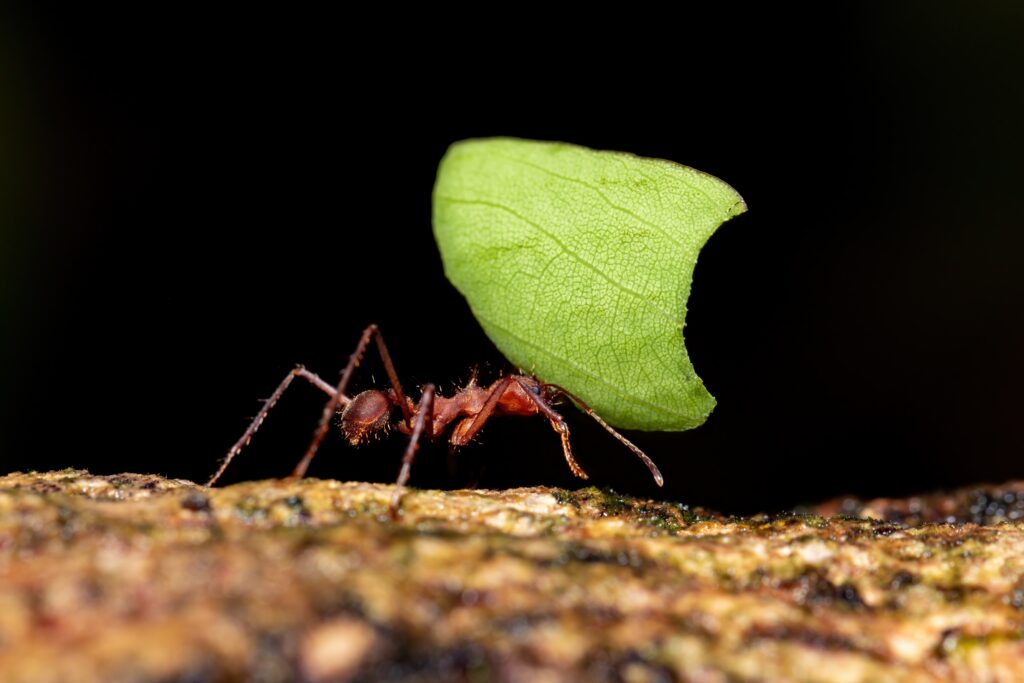
The leafcutter ant (Atta and Acromyrmex species) showcases a sophisticated survival strategy through its symbiotic relationship with fungus, which it cultivates for food. By cutting leaves and carrying them back to their nests, they create a sustainable food source as the leaves nourish a specific fungus. They meticulously tend to these fungal gardens, removing any harmful mold to ensure the colony’s survival. This cooperation between the ants and fungus is a remarkable example of biological teamwork. They can adapt to diverse environments, thriving in rainforests and tropical climates despite numerous natural threats. Furthermore, their organized social structures make them resilient as they efficiently allocate tasks like foraging, defense, and care for the fungus. Beyond their food cultivation, they also aerate soil, benefiting other plant species around them, showcasing a remarkable ecological impact.
Immortal Jellyfish
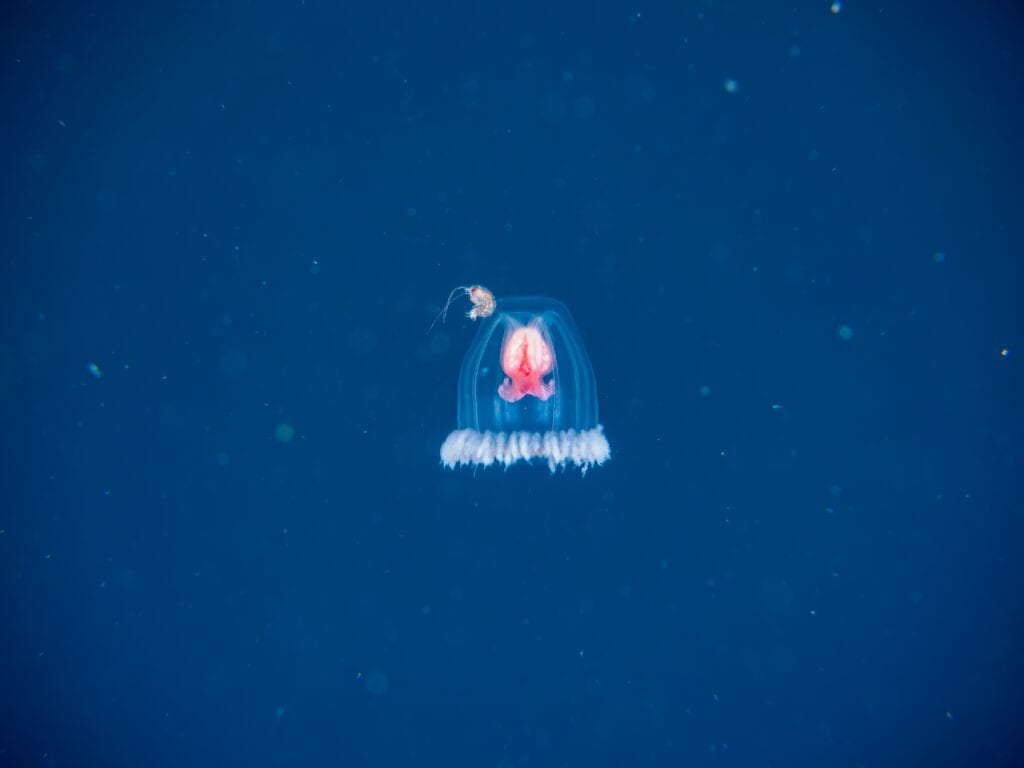
The immortal jellyfish, Turritopsis dohrnii, possesses a unique ability to reverse its life cycle when faced with stress or injury, effectively enabling biological immortality. This fascinating creature transforms back to its juvenile state, escaping typical senescence and starting its life anew. It’s one of the few animals capable of such a life-reset, giving it an advantage in unpredictable or harsh environments. This rejuvenation process occurs through cell reprogramming, where it essentially reconstructs itself. Scientists are intrigued by this potential for cellular reversal, as it could unlock insights into human aging. While it can still be preyed upon or harmed, its capability to dodge death repeatedly showcases a resilience rarely seen in the animal kingdom. Its regenerative process is studied for applications in regenerative medicine, sparking curiosity about cellular repair and renewal in other organisms.
Pistol Shrimp

Known for its powerful snap, the pistol shrimp (Alpheidae family) wields one of the loudest sounds in the animal kingdom through a specialized claw. By snapping this claw, it creates a cavitation bubble that reaches temperatures comparable to the sun’s surface, enough to stun or kill prey. This stunning method gives the shrimp an edge in hunting, enabling it to thrive despite its small size. Additionally, they live in mutualistic relationships with gobies, sharing burrows and exchanging protection for warnings of approaching predators. Its snapping ability also wards off potential threats, further enhancing its survival. This unique adaptation has fascinated scientists for years, providing insight into the diverse ways invertebrates adapt for protection and sustenance. The loud sound of its claw-snap serves as a communication tool among them, further enhancing their social behavior.
Sea Cucumber
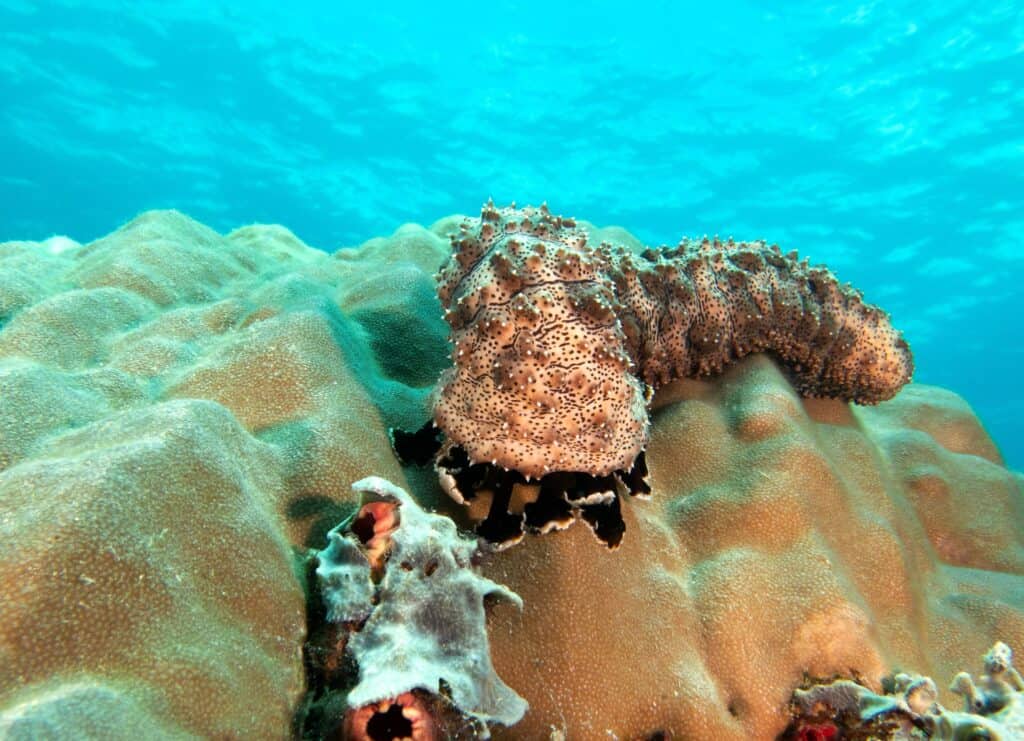
Sea cucumbers, especially in the Holothuroidea class, possess an unusual defense mechanism, expelling their internal organs to startle predators and provide a chance for escape. These organs can regenerate over time, allowing the creature to survive despite significant self-sacrifice. They contribute to ocean ecosystems by recycling nutrients on the seafloor, essentially acting as marine decomposers. Their resilience is further marked by their ability to repair damaged tissues, allowing them to withstand frequent attacks. Additionally, they play a critical role in maintaining the balance of marine environments through their nutrient-recycling role. Their unique adaptations underline an evolutionary willingness to sacrifice and renew. They also contain chemicals used in traditional medicine, prized for their supposed health benefits.
Mimic Octopus

The mimic octopus (Thaumoctopus mimicus) is a master of disguise, capable of imitating dangerous marine animals like lionfish and sea snakes to evade predators. It can reshape its body and alter its behavior to take on various forms, creating an illusion that discourages threats. This strategy provides flexibility in survival, allowing it to adapt to different predators and environmental challenges. Unlike typical camouflage, which relies solely on blending in, it combines visual deception with behavioral mimicry, which is rare in the animal kingdom. This adaptability has made it one of the most resilient and clever predators in the ocean. By imitating dangerous species, it reduces its risk of confrontation and predation. Its abilities have led scientists to investigate its neural and muscular systems, hoping to uncover secrets of adaptive mimicry.
Coconut Crab
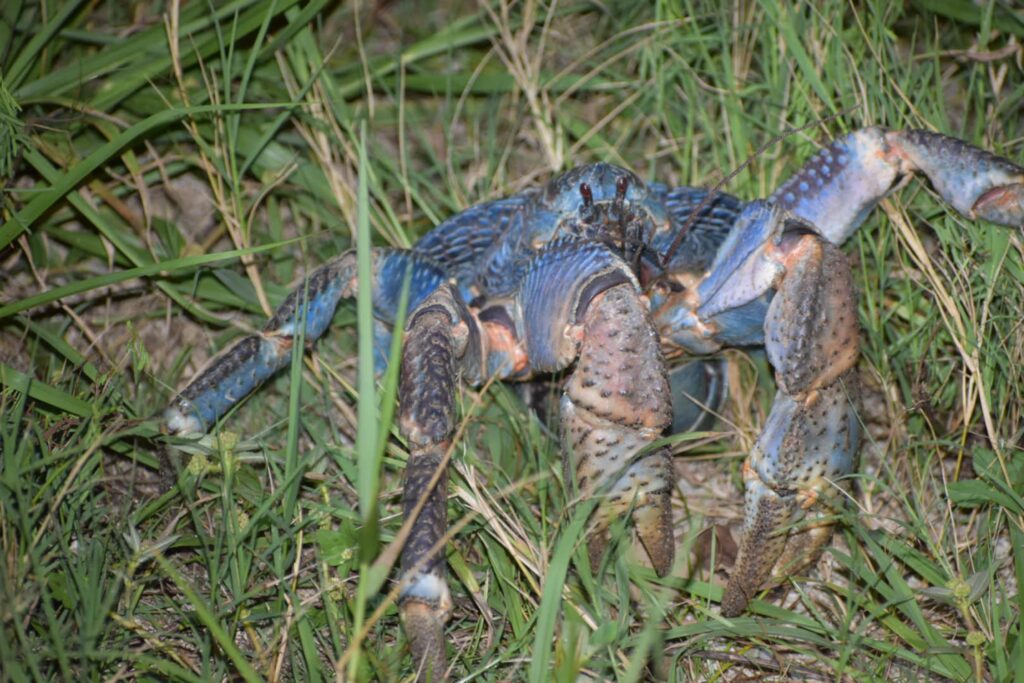
The coconut crab (Birgus latro), the largest terrestrial arthropod, can reach up to 9 pounds and three feet across, making it a formidable presence. Known for its strength, it can crack coconuts with its claws, which serve as both tools and weapons. It adapts to island life by scavenging for diverse food sources, from coconuts to carcasses. Remarkably, they can climb trees to evade predators or search for food. Their strong sense of smell, unlike other crustaceans, is essential for locating food on land. Despite their intimidating size, they are generally non-aggressive toward humans. Their resilience lies in their adaptability to terrestrial life, unique among large crustaceans. They possess a highly developed olfactory system adapted for life outside water, enabling them to survive in challenging island environments.
Giant Squid

Elusive and powerful, the giant squid (Architeuthis dux) is equipped with one of the largest eyes in the animal kingdom, allowing it to see in the dim depths of the ocean. Its massive size and unique adaptations make it one of the most resilient deep-sea creatures. When threatened, it releases clouds of ink to confuse attackers, such as sperm whales. Their tentacles are lined with powerful suckers, enabling them to catch and subdue large prey. Despite their reclusive nature, they have become symbols of deep-sea resilience due to their survival in the extreme oceanic depths. Their anatomy and physiology have inspired numerous studies into the adaptations necessary for life in the deep sea. As hunters, they have evolved to be efficient yet mysterious, adding to their allure.
Vampire Squid
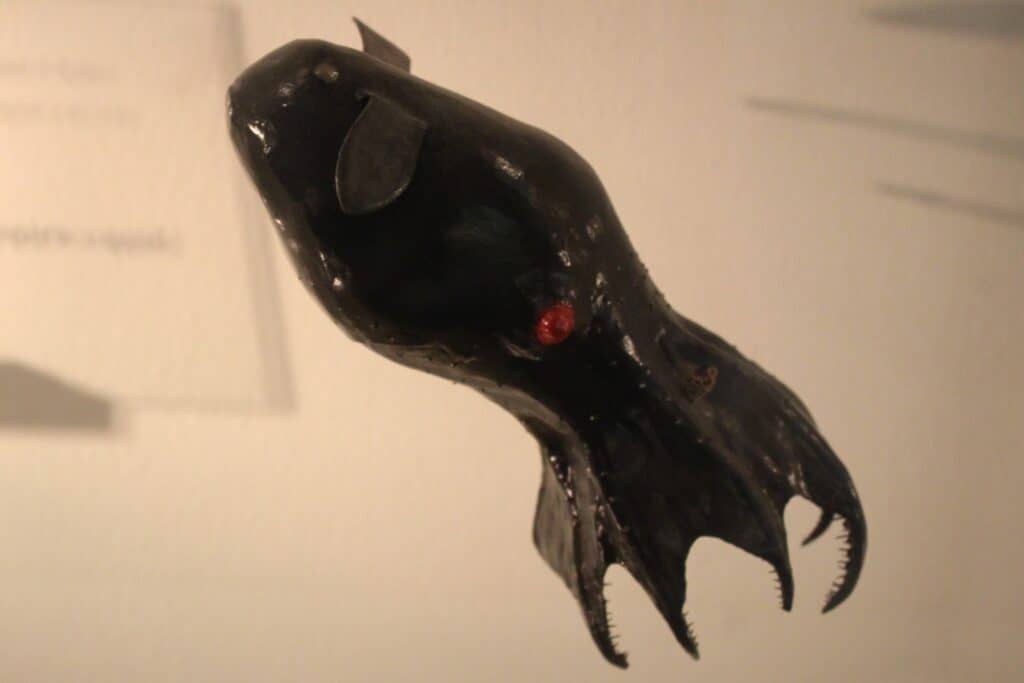
The vampire squid (Vampyroteuthis infernalis) is unique for its cloak-like arms and black hue, often misunderstood due to its eerie appearance. Rather than hunting prey, it consumes marine detritus, which sustains it in the nutrient-sparse deep ocean. It can turn their arms inside out, forming a protective cloak, a defense tactic to avoid predation. Their bioluminescent organs create flashes to startle attackers, enhancing their defensive repertoire. They require minimal oxygen to survive, thriving in low-oxygen zones where many predators cannot. This adaptation exemplifies a refined approach to survival, exploiting niches that others cannot. These unique features allow it to inhabit some of the deepest parts of the ocean.
Tardigrade
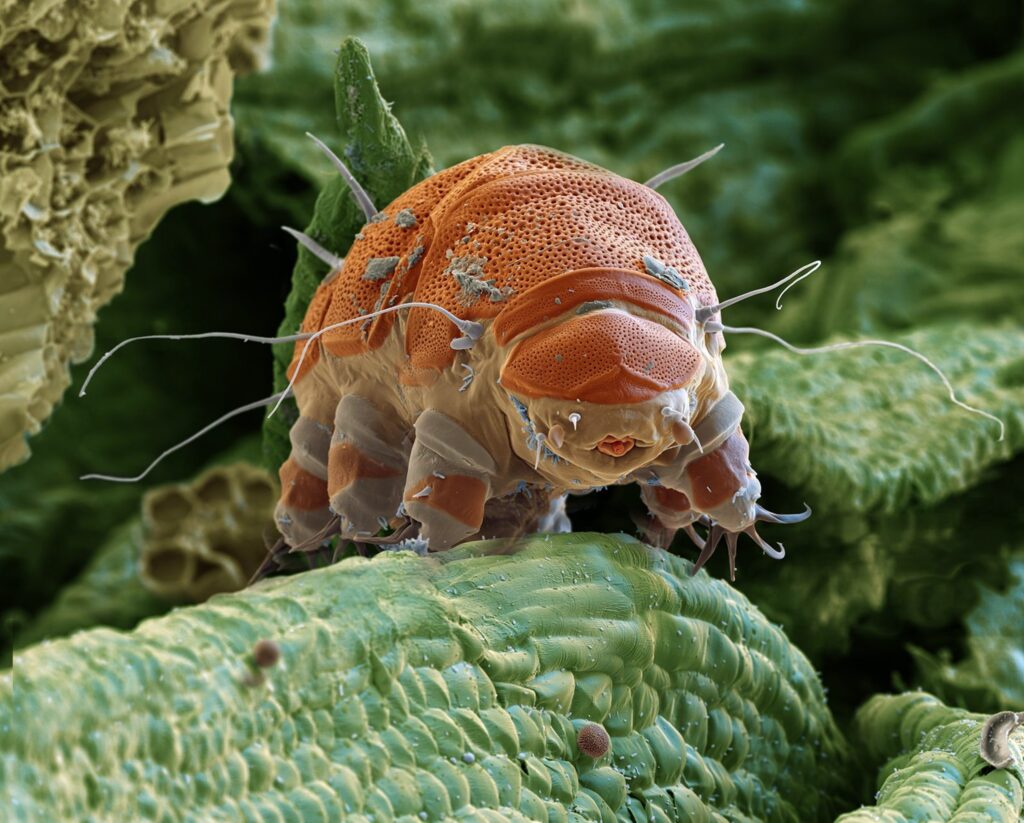
The tardigrade, commonly known as the water bear or moss piglet, is one of the most resilient invertebrates on Earth. These microscopic creatures can survive extreme conditions that would be fatal to most life forms, including exposure to the vacuum of space, high levels of radiation, and temperatures ranging from near absolute zero to over 300 degrees Fahrenheit. They can enter a state called cryptobiosis, where they dehydrate almost completely, drastically reducing their metabolism, and effectively suspending life functions until conditions improve. This remarkable ability has made them a subject of study in astrobiology, as researchers are curious about how tardigrades might survive beyond Earth. Some species can live for years or even decades in this cryptobiotic state, reviving with the addition of just a drop of water. Their unique DNA repair proteins also contribute to their survival against DNA-damaging radiation. Scientists are exploring the potential of tardigrade adaptations to benefit fields like biotechnology and medicine, particularly in organ preservation and radiation therapy research.
Sea Pen
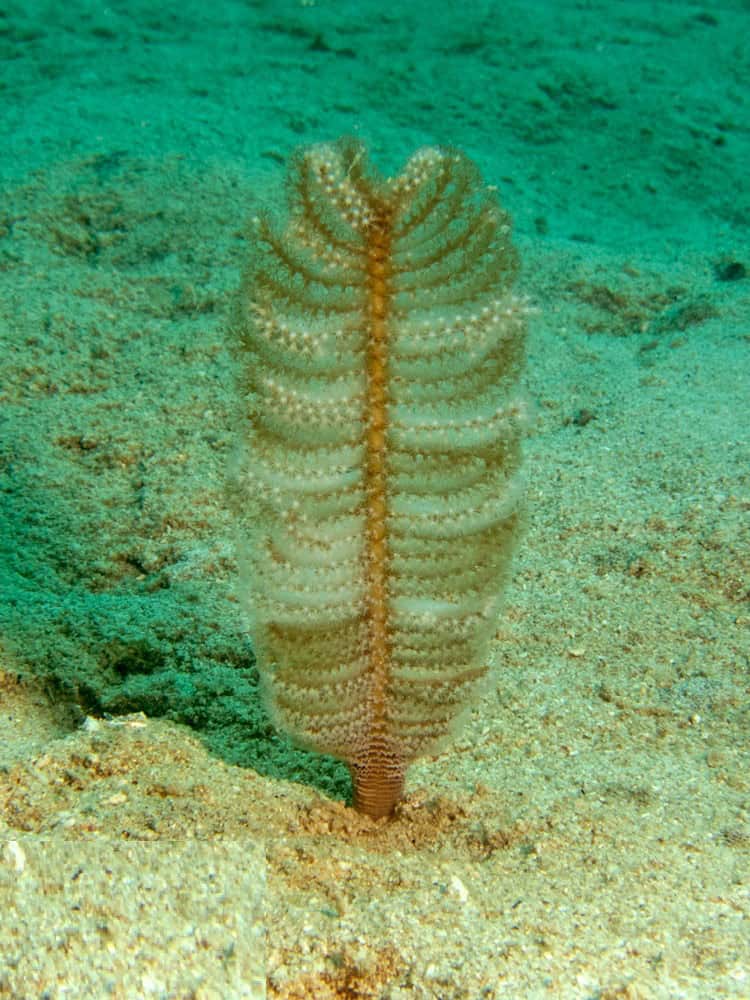
Sea pens, belonging to the order Pennatulacea, are marine invertebrates that display both fascinating structure and surprising resilience. They anchor themselves in the soft sediments of the ocean floor, resembling quill pens, with vibrant hues ranging from purple to orange. These colonial organisms are made up of multiple polyps that work together, allowing the sea pen to perform complex movements such as retracting into the sand when threatened. In deep ocean environments with limited light, they can rely on bioluminescence to attract prey and communicate, a feature that helps them survive despite their stationary nature. Their adaptability is further shown in their ability to survive in both cold and deep ocean habitats, demonstrating resilience to varying pressures and temperatures. Each one is resilient in its symbiotic arrangement, as each polyp specializes in feeding, reproduction, or defense to sustain the entire structure. Due to their unique adaptability, they play a role in deep-sea ecosystems, providing shelter and food for smaller marine life.
Giant Weta
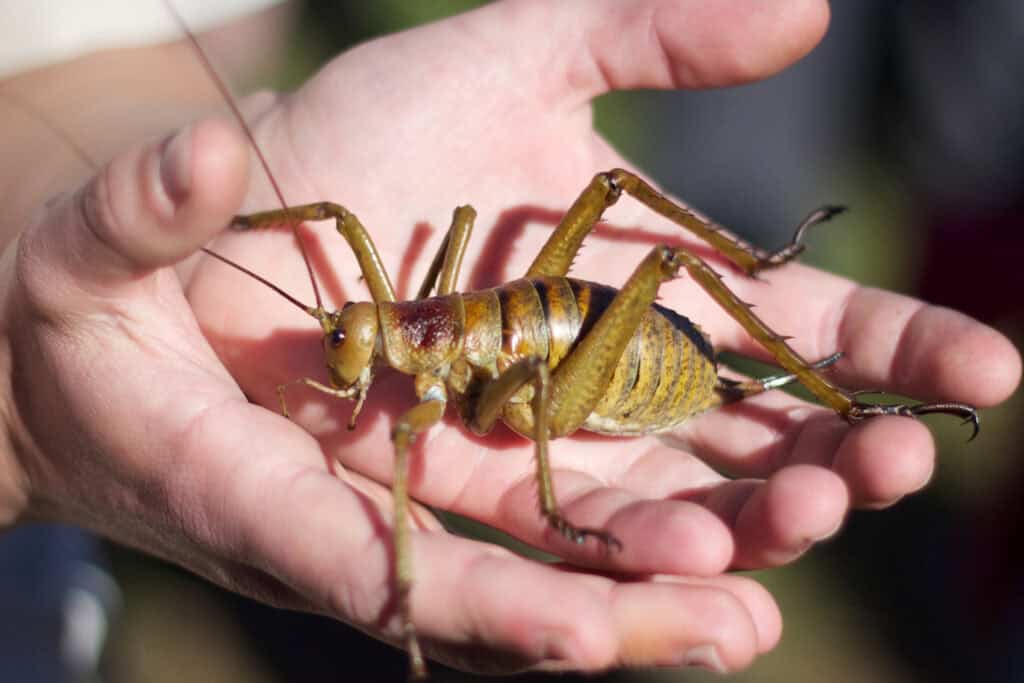
The giant weta (Deinacrida spp.), native to New Zealand, is one of the heaviest and most resilient insects, resembling a cricket but with a bulky and prehistoric appearance. Unlike many insects, they can survive cold temperatures that would typically kill other invertebrates, thanks to their slow metabolism and protein-rich diet. This remarkable adaptation allows them to inhabit mountainous regions and even survive overnight frosts. Their exoskeleton provides natural protection, and their sheer size deters many would-be predators. Despite their intimidating look, giant wetas are herbivorous and have a gentle nature, feeding on leaves, flowers, and fruit. In addition to physical resilience, they have survived numerous environmental changes and threats, including introduced predators like rats. They are a critical part of New Zealand’s ecosystem, acting as both prey and pollinators for native plants. Conservation efforts are in place to protect them, as their unique adaptations make them a keystone species in their native habitats.
Antarctic Scale Worm
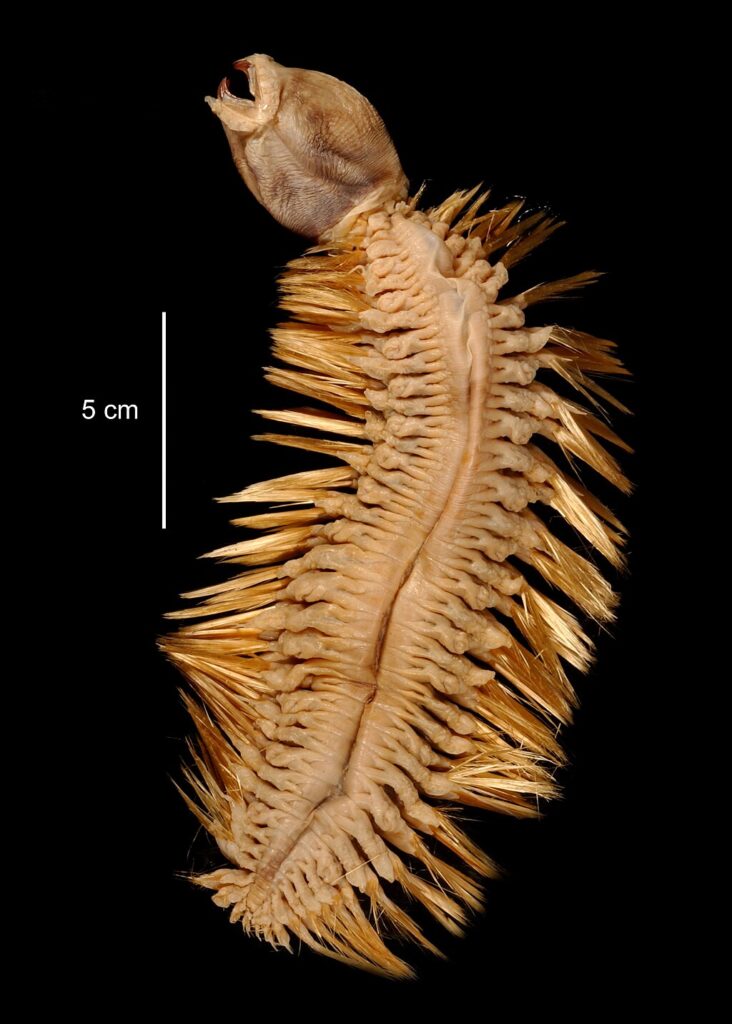
The Antarctic scale worm (Eulagisca gigantea) is a marine invertebrate known for its bizarre appearance and ability to survive the extreme cold of Antarctic waters. This creature, with a body covered in overlapping scales, can reach over 8 inches in length, a remarkable size for such a harsh environment. Its fang-like jaws help it to hunt smaller organisms on the ocean floor, showcasing a unique predatory adaptation. The scales not only protect it from predators but also help it retain heat, an essential adaptation to the freezing temperatures. Living in depths where sunlight does not penetrate, the Antarctic scale worm relies on specialized chemosensory organs to detect food and navigate its environment. They exhibit remarkable resilience, tolerating not only the cold but also high pressures found in deep waters. They play an essential role in the Antarctic food chain, maintaining a balance in the deep-sea ecosystem by preying on other benthic organisms.
Tree Lobster
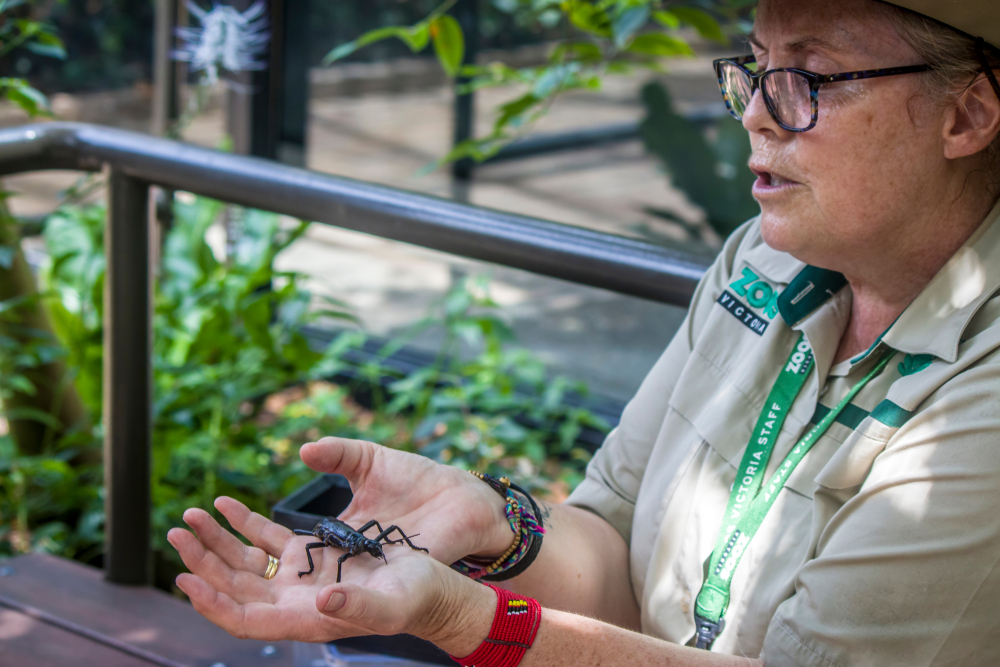
The tree lobster, or Lord Howe Island stick insect (Dryococelus australis), was once thought extinct but has shown resilience beyond expectation. Native to Lord Howe Island, it is one of the largest stick insects, capable of reaching up to 6 inches in length. These insects survived despite the introduction of rats that decimated their population in the early 20th century. Remarkably, a small population was rediscovered on Ball’s Pyramid, a rocky outcrop where they adapted to survive in harsh, isolated conditions with minimal resources. They have a hard exoskeleton and feed on limited vegetation, demonstrating an impressive ability to sustain life under restrictive circumstances. Their recovery has become a symbol of resilience in conservation biology, as breeding programs have been successful in increasing their numbers in captivity.
This article originally appeared on Rarest.org.
More from Rarest.org
19 Stunning Perennial Flowers That Attract Butterflies and Bees

Butterflies and bees are essential pollinators, and one of the best ways to attract them is by planting beautiful perennial flowers. These plants not only add color to your garden but also support local ecosystems. Each flower on this list has a unique feature that draws in pollinators, making them a perfect addition to any outdoor space. Read More.
22 Striking Reptiles with Unusual Color Patterns
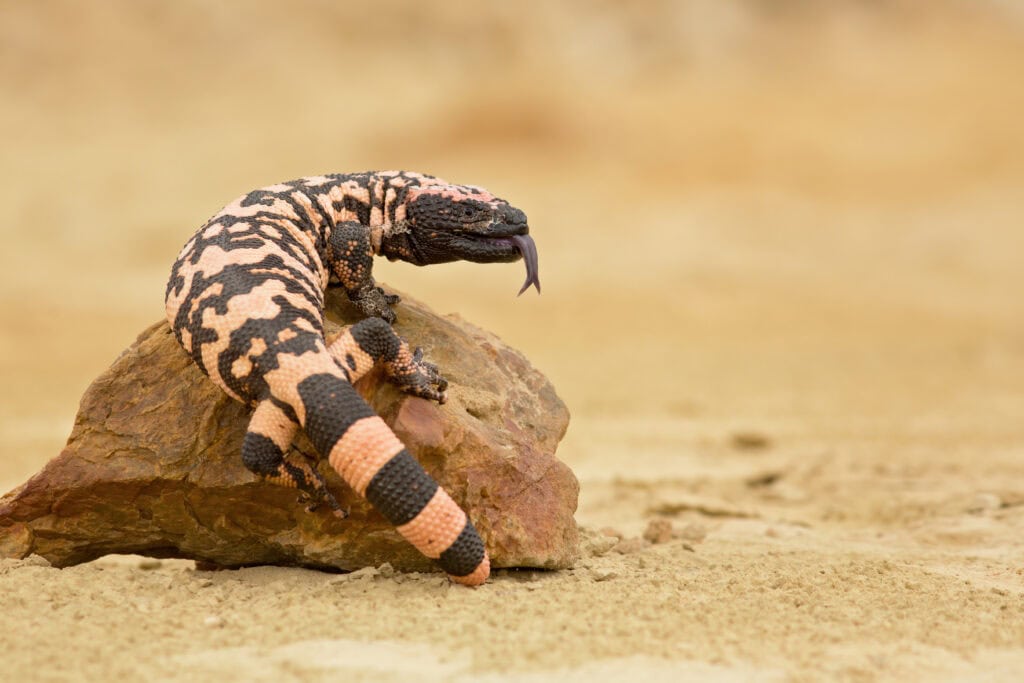
Reptiles are known for their impressive variety, and some species boast truly striking color patterns. Their coloration not only serves a purpose in camouflage or mating but also highlights the incredible diversity of the reptile world. Read More.
19 Unique Freshwater Fish Thriving in Lakes and Rivers
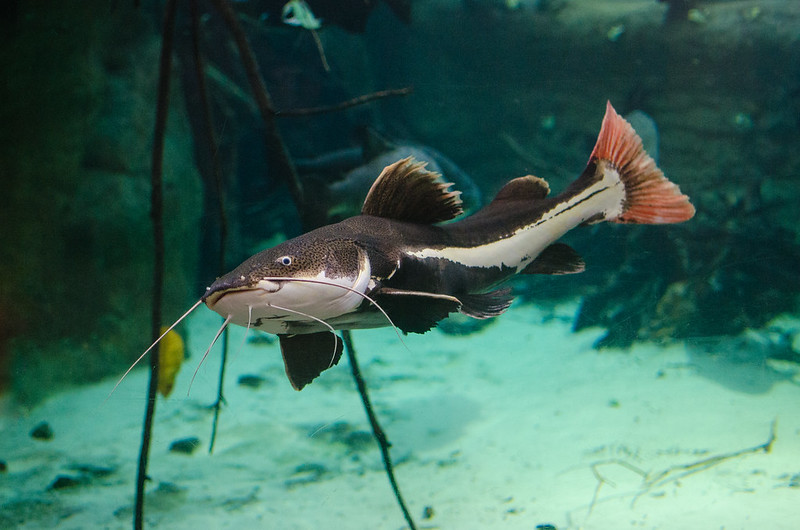
Freshwater lakes and rivers are home to a fascinating array of unique fish species, each thriving in its own way within these diverse ecosystems. From ancient predators to gentle giants, these fish have adapted to a wide range of environments, showcasing remarkable traits and behaviors. Read More.
